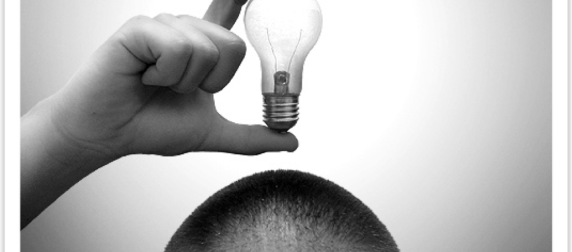As we effect change at various client organizations, mostly through redirecting the current marketing efforts, we often encounter some underlying resistance from some of the down-line managers. Most of this has very little to do with our efforts specifically, and has much to do with aversion or resistance to change in general. We are change agents by nature, indeed that’s the reason we are engaged is to effect change. If change wasn’t needed, we wouldn’t be there . . .
The question often arises, “How do we mitigate this resistance and achieve full consensus throughout the company to drive the program forward successfully?”
The answer often lies in two areas:
1) We realize that you can’t please all the people all the time (to paraphrase Abraham Lincoln), and there will always be dissenters and those who don’t completely buy in to the new programs or processes. The way we’ve found success in handling those is to isolate, educate, reformulate, and redirect those individuals. This keeps them from spreading negative messaging throughout the firm, poisoning the well.
2) We understand that much of the atmosphere of innovation we are trying to create comes from the roots of corporate culture, and so that’s where you start to effect the necessary changes.
That all sounds good on paper, but what does it really mean to client companies?
Like many such changes in corporate behavior, it all starts at the top. We work closely with CEOs so that they understand the impact of their downstream messages, and help them position the new elements in the proper light, so they can lead by example, both in action and words. Once the messaging of innovation is firmly established, it should be supported by new programs run by Human Resources, so that innovation carries an incentive and is rewarded. This clearly establishes the goals and guidelines for those individuals responsible for activating those new elements.
Once that infrastructure is in place, mid- and lower-level managers can be directed both by specific goal and by example, to help create the atmosphere that supports innovation, building competitive teams, setting an agenda that drives innovation and rewards initiative, and stresses accountability.
This trickle down effect needs to be championed all the way through the rank and file and out to customers, suppliers, vendors and support groups, so that it rings true no matter what angle the company is viewed from.
More on this issue in a later entry, but for now, effect change, champion the positive effects, and guide the culture and the results will follow!
If you like this article, and would like to read more like this, subscribe to this blog above and more will delivered to your inbox for free! Also, be sure and pick up your copy of “The Marketing Doctor’s Survival Notes”


